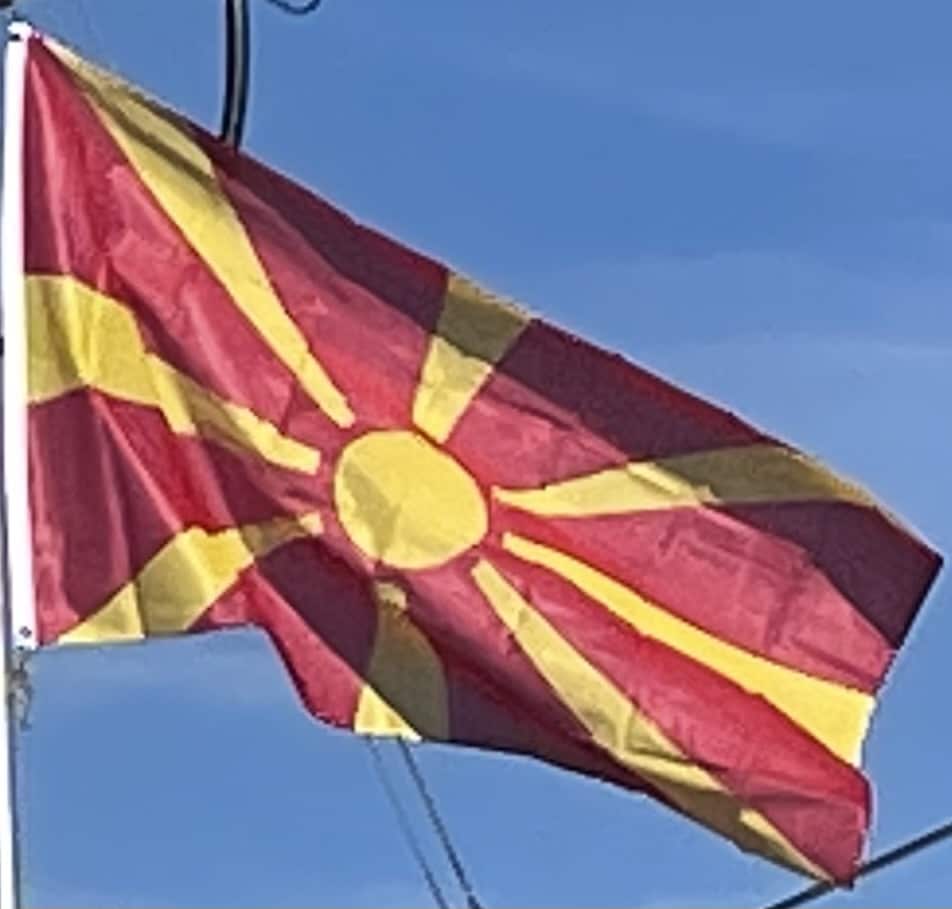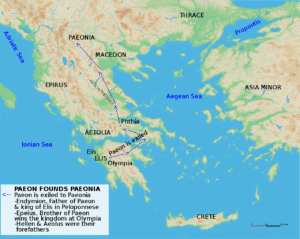
In the late 6th century BC, the Achaemenid Persians under Darius the Great conquered the Paeonians, incorporating what is today the state of North Macedonia within their vast territories. Following the loss in the Second Persian invasion of Greece in 479 BC, the Persians eventually withdrew from their European territories, including from what is today North Macedonia.
Philip II of Macedon absorbed the regions of Upper Macedonia (Lynkestis and Pelagonia) and the southern part of Paeonia (Deuriopus) into the kingdom of Macedon in 356 BC. Philip’s son Alexander the Great conquered the remainder of the region and incorporated it in his empire, reaching as far north as Scupi, but the city and the surrounding area remained part of Dardania.
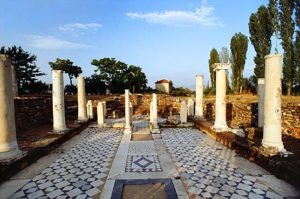
The Romans established the province of Macedonia in 146 BC.
Medieval Period:
Slavic tribes settled in the Balkan region including North Macedonia by the late 6th century AD. During the 580s, Byzantine literature attests to the Slavs raiding Byzantine territories in the region of Macedonia, later aided by Bulgars. The Slavic tribes that settled in the region of Macedonia converted to Christianity around the 9th century during the reign of Tsar Boris I of Bulgaria.
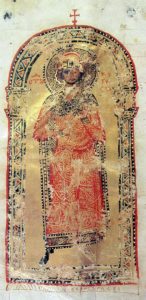
After Sviatoslav’s invasion of Bulgaria, the Byzantines took control of East Bulgaria. Samuil, one of the Cometopuli brothers, was proclaimed Tsar of Bulgaria. He moved the capital to Skopje and then to Ohrid, which had been the cultural and military center of southwestern Bulgaria since Boris I’s rule. Samuil reestablished Bulgarian power, but after several decades of conflicts, in 1014, the Byzantine Emperor Basil II defeated his armies, and within four years the Byzantines restored control over the Balkans (including North Macedonia) for the first time since the 7th century. By the late 12th century, Byzantine decline saw the region contested by various political entities, including a brief Norman occupation in the 1080s.
In the early 13th century, a revived Bulgarian Empire gained control of the region. Plagued by political difficulties, the empire did not last, and the region came once again under Byzantine control in the early 14th century. In the 14th century, it became part of the Serbian Empire. Skopje became the capital of Tsar Stefan Dusan’s empire.
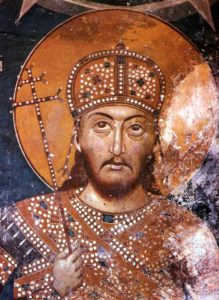
Following Dusan’s death, a weak successor appeared, and power struggles between nobles divided the Balkans once again. These events coincided with the entry of the Ottoman Turks into Europe.
Ottoman Period:
The Kingdom of Prilep was one the short-lived states that emerged from the collapse of the Serbian Empire in the 14th century, which was seized by the Ottomans at the end of the same century.
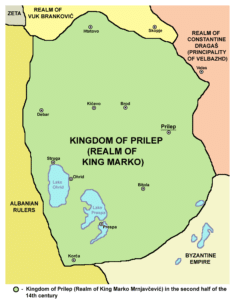
Gradually, all of the central Balkans were conquered by the Ottoman Empire and remained under its domination for five centuries as part of the province or Eyalet of Rumelia. Rumelia Eyalet was abolished in 1867 and that territory of Macedonia subsequently became part of the province of Manastir Vilayet until the end of Ottoman rule in 1912.
Modern Period:
Macedonian Autonomism:
Several movements whose goals were the establishment of an autonomous Macedonia, which would encompass the entire region of Macedonia, began to arise in the late 19th century.
